Review: Nokia Lumia 830 for AT&T
Menus
The Lumia 830 runs Windows Phone 8.1, which looks and acts the same across all Windows Phone handsets.
The lock screen offers a rich array of notifications, changing wallpapers, and select apps. The lock screen is a breeze to manage, thanks to the new settings tool, and lets you prioritize your notifications. Windows Phone supports lock codes, of course, and you can jump straight to the camera if you want.
The notifications tie in well with the Action Center, which is a drop-down tool much like the notification shades seen in Android and iOS. The Action Center holds all of the notifications, and it also provides Quick-Settings-style toggles for some of the radios and a shortcut to the main settings menu.
The Start screen is quite customizable, within the strictures set by Microsoft. For example, the 830 can display two or three columns of Live Tiles. Three columns fits more on one screen, at the expense of some legibility. The Tiles come in three different sizes, and many offer dynamic content that's updated throughout the day. WP8.1 also adds background images (sort of like wallpaper) to the Start screen, which are visible through many of the Tiles.
The main app menu and settings tools are simple lists. Apps are listed alphabetically and cannot be rearranged, though they can be placed on the Start screen or placed in folders on the Start screen. The settings are arranged in a seemingly haphazard fashion. It would be nice if Microsoft arranged them alphabetically, too.
Windows Phone 8.1 runs very well on the Lumia 830, which has a 1.2 GHz quad-core Snapdragon 400 processor. Windows Phone doesn't need much horsepower behind it, and the Lumia 830 hardware is more than up to the task.
Calls and Contacts
The phone app remains a stark and simple tool that's easy to use. When opened, the call history is the default view. There are four main functions: voicemail, dialpad, contacts, and search. During a call, plain buttons offer standard functions. I find the phone app in Windows Phone is much easier to use than Android's.
Windows Phone's People Hub is your contacts list with a dose of social networking thrown in for good measure. The Hub hooks into Twitter, Facebook, and LinkedIn account details to provide a richer, more interactive space than a simple list of names. You can use it to keep tabs on your friends and skim their latest social network posts before giving them a call. The People Hub naturally supports Google, Microsoft, Yahoo, and other contact databases. Windows Phone still includes Groups and Rooms, which are subsections of the People Hub. They essentially let you communicate and share content (images, calendars) with defined groups of people.
Messaging
The 830 includes the standard set of messaging apps. It has a stand-alone texting app, email, and Skype. There is only one email app, but it can handle any type of email account, including POP, IMAP, and Exchange. Perhaps its best feature is that it lets you pull multiple email accounts into a single inbox, or leave them separate if that's how you roll.
The messaging app pulls double duty if you want it to, packaging together both SMS/MMS conversations as well as Skype. I like that you can mute individual conversations, which lets you silence notifications from select people. The messaging app works well with the People Hub when it comes to addressing messages.
Though the People Hub incorporates Facebook and Twitter for basic messaging, you're better off using the full Facebook and Twitter apps, neither of which is preinstalled.






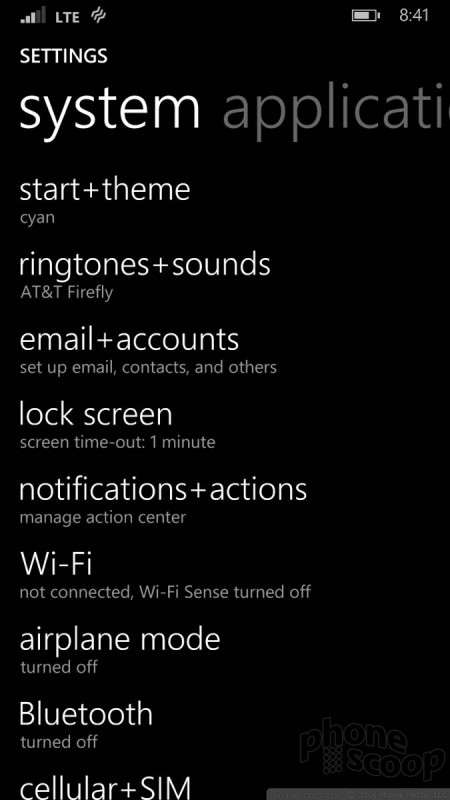




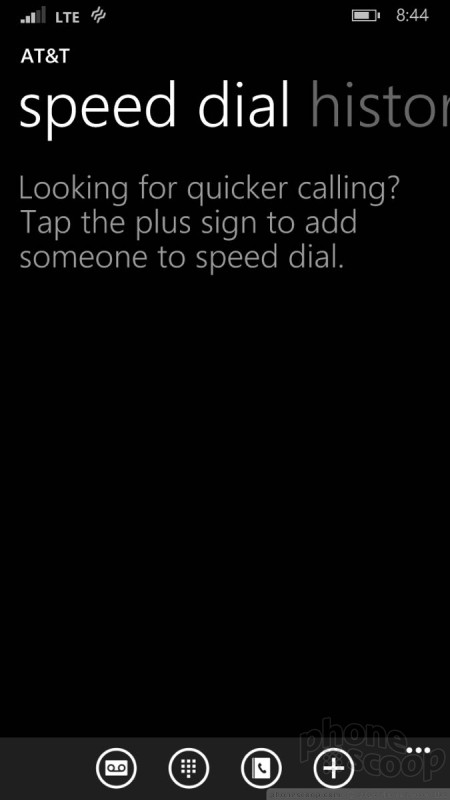




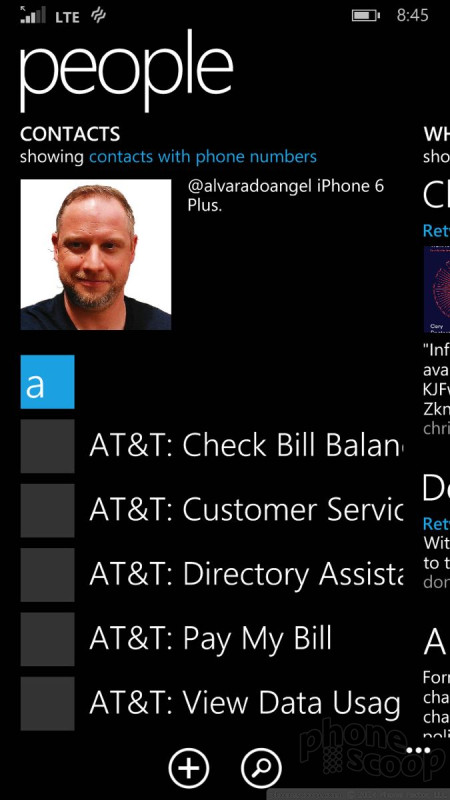



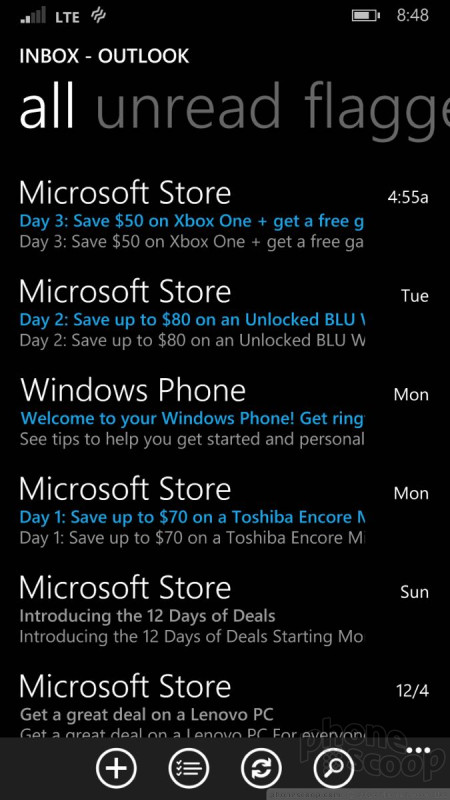







 Hands-On: Nokia Lumia 830 and 735
Hands-On: Nokia Lumia 830 and 735
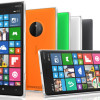 Microsoft's Lumia 830 Reaches AT&T Nov. 7
Microsoft's Lumia 830 Reaches AT&T Nov. 7
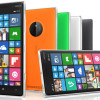 Nokia Announces the Lumia 830, an 'Affordable Flagship'
Nokia Announces the Lumia 830, an 'Affordable Flagship'
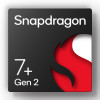 Qualcomm Reveals Most Powerful 7-Series Snapdragon Yet
Qualcomm Reveals Most Powerful 7-Series Snapdragon Yet
 Nokia Lumia 830
Nokia Lumia 830




